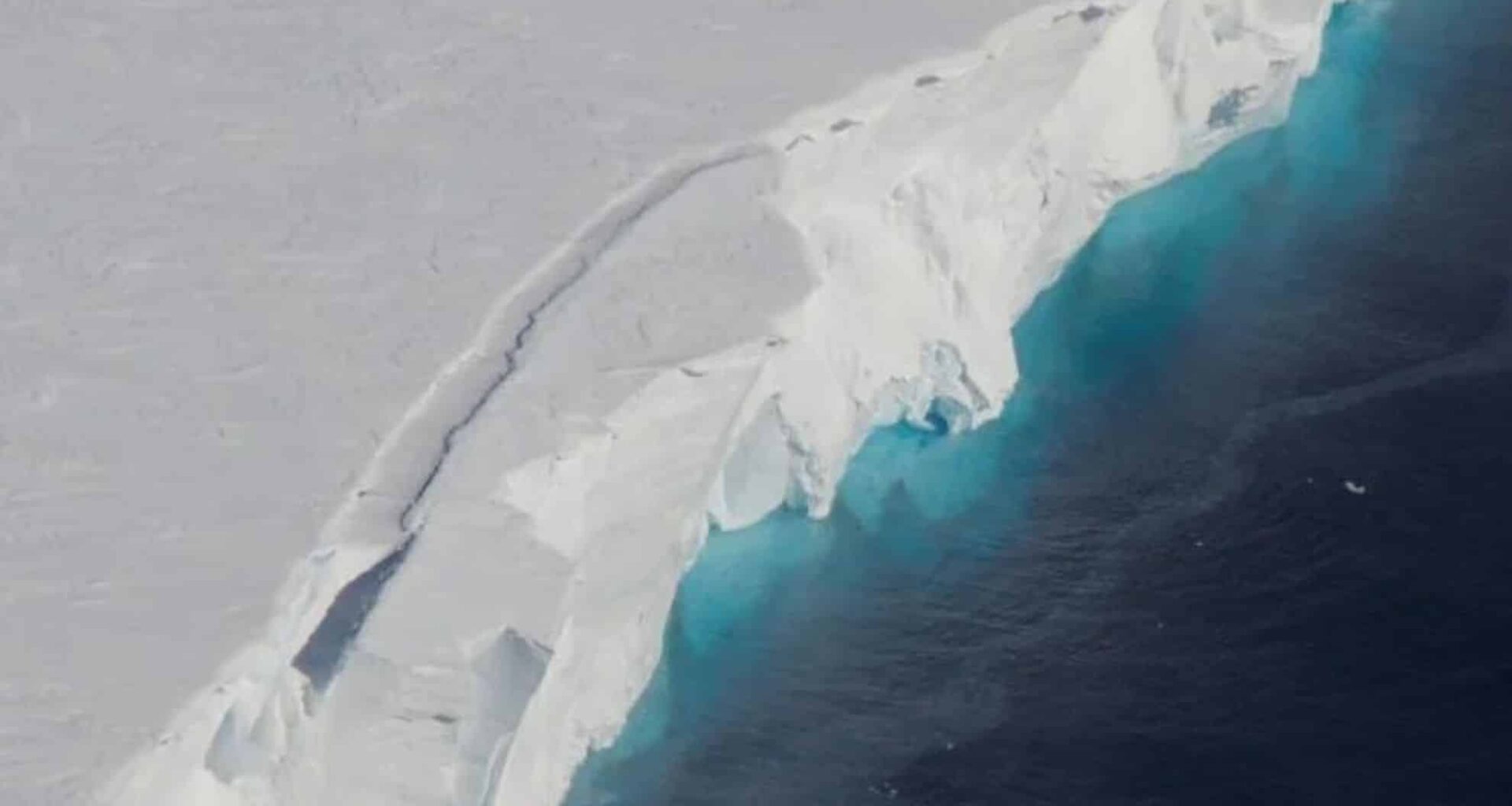A new study published in Advances in Atmospheric Sciences reveals powerful and previously unknown winds racing over parts of West Antarctica. These fast-moving low-level jets (LLJs) are sweeping across the Thwaites and Pine Island ice shelves, two of the continent’s most critical glaciers. The Thwaites Glacier, often called the “Doomsday Glacier,” is especially significant because its accelerated melting could lead to catastrophic global sea-level rise. This research offers fresh insights into the forces driving rapid ice loss and rising seas, providing new clues to Antarctica’s climate dynamics.
Uncovering the Hidden Force Behind Glacier Acceleration
Scientists have long studied why Thwaites and Pine Island glaciers are melting so quickly, but the discovery of these LLJs introduces an important missing piece to the puzzle. According to Sai Prabala Swetha Chittella, the lead author of the study, “We wanted to understand how often these LLJs happen and what causes them. Understanding these strong winds is critical as they could perhaps have important impacts on the redistribution of snow over both the Thwaites and Pine Island ice shelves, as well as affecting the ocean circulation and movement of sea-ice. These processes could potentially influence the rate at which Thwaites and Pine Island glaciers melt, and thus their contribution to sea-level rise.”
The team used radiosonde measurements, weather balloons launched near the Amundsen Sea Embayment, to capture detailed data about wind speeds and temperatures in the lower atmosphere. Out of 22 measurements, half showed the presence of these jet-like winds, most blowing offshore over the ocean. Simulations using a high-resolution weather model confirmed that these LLJs extend over large parts of the region, significantly increasing wind speeds over the glaciers and surrounding ocean. This discovery points to complex interactions between the atmosphere, ice, and ocean that directly influence glacier melt rates.
How Storms Amplify the Power of Low-Level Jets
One of the study’s key findings is the role of cyclones—low-pressure storm systems—in strengthening these already powerful katabatic winds. Katabatic winds occur when cold, dense air flows down from Antarctica’s interior highlands, but cyclones can intensify them, resulting in even stronger LLJs. Dr. Andrew Orr, a coauthor of the research, explained, “The most important thing we found is that LLJs happen often in this part of Antarctica and are usually made stronger by passing storms.”
This interaction means that storms can act as amplifiers for these jet-like winds, increasing their ability to redistribute snow and influence ocean circulation. Stronger winds can alter the movement of sea-ice and drive mixing in the ocean, which affects how glaciers lose ice to the sea. Understanding this link is essential because changing storm patterns due to climate shifts may further accelerate ice loss, threatening the stability of Antarctic glaciers.
